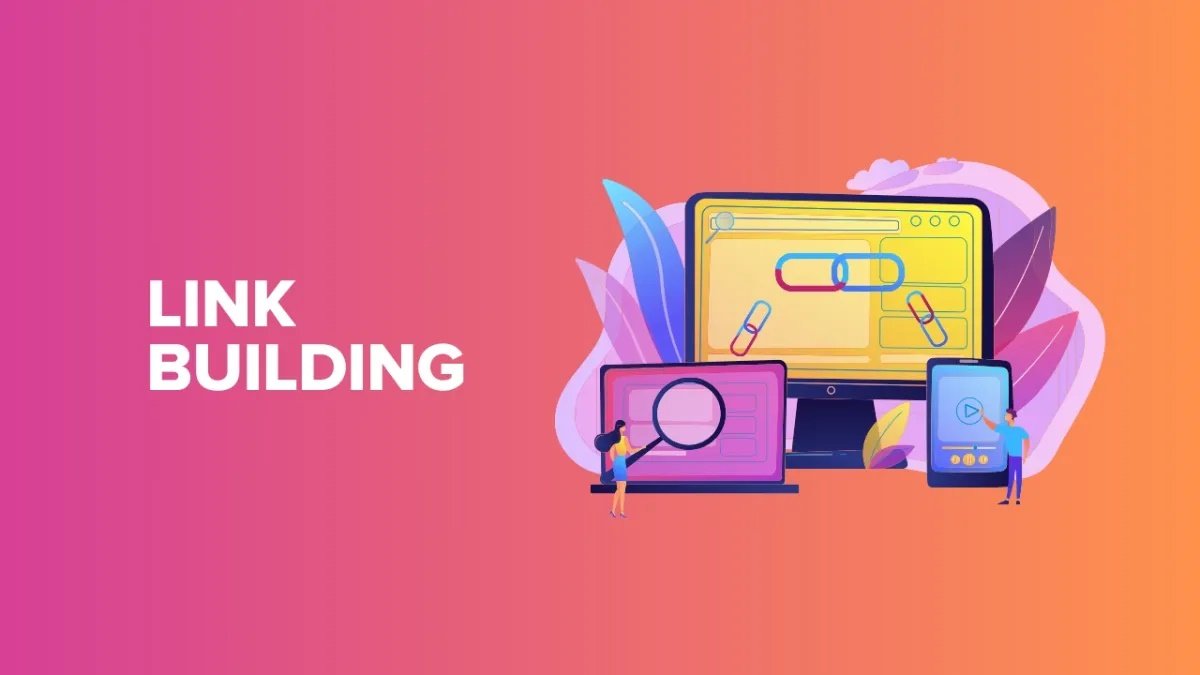Introduction
In the ever-evolving landscape of data management and research, the term RDATAO (Research Data Access Object) is gaining prominence. While DAOs (Data Access Objects) are widely recognized in software engineering, RDATAOs represent a niche but critical extension within research, focused on optimizing how data is accessed, processed, and utilized. As data-driven research continues to grow, RDATAOs are emerging as pivotal tools to enhance collaboration, efficiency, and accuracy in research environments.
This article will explore the concept of RDATAOs, their significance, architecture, common use cases, and why they matter in modern research practices.
What is a RDATAO?
At its core, RDATAO stands for Research Data Access Object. It is a design pattern that acts as an intermediary between the application and the data layer in research-focused applications. RDATAOs play a pivotal role in managing research data, ensuring that information is efficiently retrieved, stored, and modified in a consistent manner.
Much like standard DAOs, an RDATAO abstracts the complexity of database queries, allowing researchers and developers to interact with data through intuitive methods and operations, without diving into low-level database instructions.
The Significance of RDATAOs in Research and Data Management
In research, data access is paramount. Whether it’s big data analysis, machine learning, or scientific research, the need for structured and streamlined data access is crucial. RDATAOs offer a bridge between raw data and the applications that process it. They ensure that:
- Data integrity is maintained by preventing inconsistent data access.
- Security protocols are followed, especially in handling sensitive research data.
- Researchers can access data efficiently, without being bogged down by complex queries.
The Benefits of Using RDATAOs
RDATAOs bring several advantages to the table:
- Simplified Data Access: Researchers can focus on analysis rather than the complexities of data retrieval.
- Data Consistency: By enforcing uniform data access methods, inconsistencies are minimized.
- Improved Collaboration: Teams working on the same data sets benefit from a shared, well-defined data access structure.
- Scalability: As research projects grow, RDATAOs can scale, ensuring smooth data operations even with large datasets.
Understanding RDATAO Concepts
To better understand the relevance of RDATAOs, it’s important to dive into related programming and design principles.
Object-Oriented Programming (OOP) Principles
At the heart of RDATAOs is object-oriented programming (OOP). OOP emphasizes structuring programs around objects (instances of classes), which contain data (attributes) and code (methods). RDATAOs use OOP principles to encapsulate data operations, ensuring that data is handled efficiently and logically within research applications.
Data Access Objects (DAOs) in General
In software development, DAOs are used to abstract and encapsulate all access to a data source. By using DAOs, developers can decouple their application from specific database operations, improving maintainability and flexibility. RDATAOs are a specialized form of DAO, tailored to the needs of research data management.
The Specific Role of RDATAOs in Research
RDATAOs extend the standard DAO pattern by focusing on the unique demands of research. In research, data may come from varied sources like experiments, observations, or simulations. RDATAOs ensure that researchers can access this data seamlessly, no matter its source or format.
RDAO Architecture and Design
The architecture of an RDATAO is crucial to its success. A well-designed RDATAO ensures high performance, reliability, and flexibility. Let’s break down the components and best practices for RDATAO design.
Components of a RDAO
- Data Source Interface: Defines how data from various sources (e.g., databases, files) can be accessed.
- Data Models: Represent the structure of the data, defining how it is stored and retrieved.
- Data Mapping: Converts raw data from the source into usable objects in the research application.
- Operation Methods: Provide standardized methods for creating, reading, updating, and deleting data (CRUD operations).
Best Practices for RDAO Design
- Modularity: Ensure that the RDATAO components are modular, allowing for easy updates or changes.
- Scalability: Design the RDATAO to handle large datasets, especially important for big data research.
- Security: Implement security features to protect sensitive research data from unauthorized access.
The Relationship Between RDAOs and Data Models
RDAOs rely heavily on data models. The data model defines the structure and relationships of data within the research context. A well-designed RDATAO can map complex data models, ensuring that researchers can access data in a meaningful way.
RDAO Functionality
RDAOs offer a variety of functionalities to enhance data access and management in research.
Common RDAO Operations
- Create, Read, Update, Delete (CRUD): These are the fundamental operations that every RDATAO should support.
- Querying and Filtering: RDAOs provide methods to retrieve specific subsets of data based on custom queries or filters.
Advanced RDAO Features
- Caching: To improve performance, RDAOs can implement caching mechanisms, reducing the need for repeated database queries.
- Pagination: For large datasets, RDAOs can implement pagination, allowing researchers to access data in manageable chunks.
Customizing RDAOs for Specific Research Needs
RDAOs can be customized based on the specific needs of a research project. For instance, a project focused on machine learning might require specialized methods for data preprocessing and feature extraction.
RDAO Implementation and Frameworks
Popular RDAO Frameworks and Libraries
Several frameworks and libraries are available for implementing RDAOs. Some popular options include:
- Hibernate (Java): A well-known ORM (Object-Relational Mapping) framework that can be adapted for RDATAO functionality.
- Entity Framework (C#): A robust ORM for .NET applications.
- SQLAlchemy (Python): A flexible ORM that can be extended for RDATAO design.
Implementing RDAOs in Different Programming Languages
RDAOs can be implemented in virtually any programming language, depending on the technology stack of the research project. Java, Python, and C# are common choices due to their strong support for ORM frameworks.
Considerations for RDAO Performance and Scalability
To ensure optimal performance, RDAOs should be designed with scalability in mind. This includes implementing efficient data structures, minimizing database calls, and optimizing query performance.
RDAO Use Cases in Research
RDAOs can be applied in various research scenarios:
Data Analysis and Visualization
RDAOs allow researchers to easily access and manipulate data for statistical analysis and visualization, ensuring they can draw meaningful insights from their datasets.
Machine Learning and AI Applications
In machine learning, RDAOs streamline the process of retrieving and preparing training data, ensuring that models are trained on accurate and consistent datasets.
Collaborative Research Projects
In collaborative projects, RDAOs provide a standardized way for teams to access and manipulate shared datasets, improving collaboration and reducing errors.
Challenges and Best Practices in RDAO Usage
Common RDAO Pitfalls and Mistakes
- Over-complicating Design: A complex RDAOs design can be hard to maintain. It’s important to keep it simple and scalable.
- Neglecting Security: Not implementing adequate security measures can lead to data breaches, especially in sensitive research areas.
Tips for Effective RDAO Design and Implementation
- Plan for the Future: Design RDAOs with future scalability and research requirements in mind.
- Test Thoroughly: Implement rigorous testing to ensure the reliability of your RDATAO.
Ensuring Data Security and Privacy with RDAOs
With the growing concern around data privacy, it’s essential to implement encryption, authentication, and authorization mechanisms within RDAOs to protect research data.
The Future of RDAOs
Emerging Trends and Technologies in RDAO Development
With advancements in cloud computing and big data, RDAOs are poised to become even more important. Cloud-native RDAOs that can handle distributed datasets across multiple regions are already becoming a trend.
The Impact of Cloud Computing and Big Data on RDAOs
As big data continues to grow, RDAOs will need to handle more complex datasets. Cloud computing offers the scalability needed to manage this, ensuring RDAOs can keep up with the demands of modern research.
The Potential for RDAOs to Revolutionize Research
The integration of RDAOs with advanced technologies like artificial intelligence and machine learning has the potential to revolutionize research, offering faster, more accurate insights from vast amounts of data.
You May Also Like: Exploring Hornyfqnz: From Online Slang to Cultural Impact
Conclusion
RDATAOs represent a powerful tool for modern research, offering an efficient and structured way to manage and access complex datasets. Whether you’re involved in data analysis, machine learning, or collaborative research, RDAOs can help streamline your processes, improve data accuracy, and enhance collaboration. As cloud computing and big data continue to evolve, the role of RDAOs will only become more significant, positioning them as a crucial element in the future of data-driven research.
FAQs
What is an RDATAO?
An RDATAO, or Research Data Access Object, is a design pattern used to manage the access, retrieval, and manipulation of research data. It simplifies data operations, allowing researchers to focus on analysis while maintaining data integrity and security.
What are the benefits of using an RDATAO in research?
RDATAOs provide several benefits, including improved data consistency, easier collaboration between research teams, enhanced data security, and scalable data management. They also abstract database complexities, making it easier for researchers to interact with data without needing detailed database knowledge.
What types of operations can an RDATAO perform?
RDATAOs perform basic CRUD (Create, Read, Update, Delete) operations. Additionally, they can handle querying, filtering, caching for better performance, and pagination for handling large datasets.
How do RDAOs differ from traditional DAOs?
While both RDAOs and DAOs manage data access, RDAOs are specifically designed for research environments. They cater to the unique needs of research projects, such as handling large, complex datasets, ensuring data privacy, and supporting collaborative research workflows.
What are the common challenges when implementing RDAOs?
Common challenges include over-complicating the design, neglecting data security, and ensuring performance efficiency with large datasets. It’s important to follow best practices like modular design and security protocols to overcome these issues.











